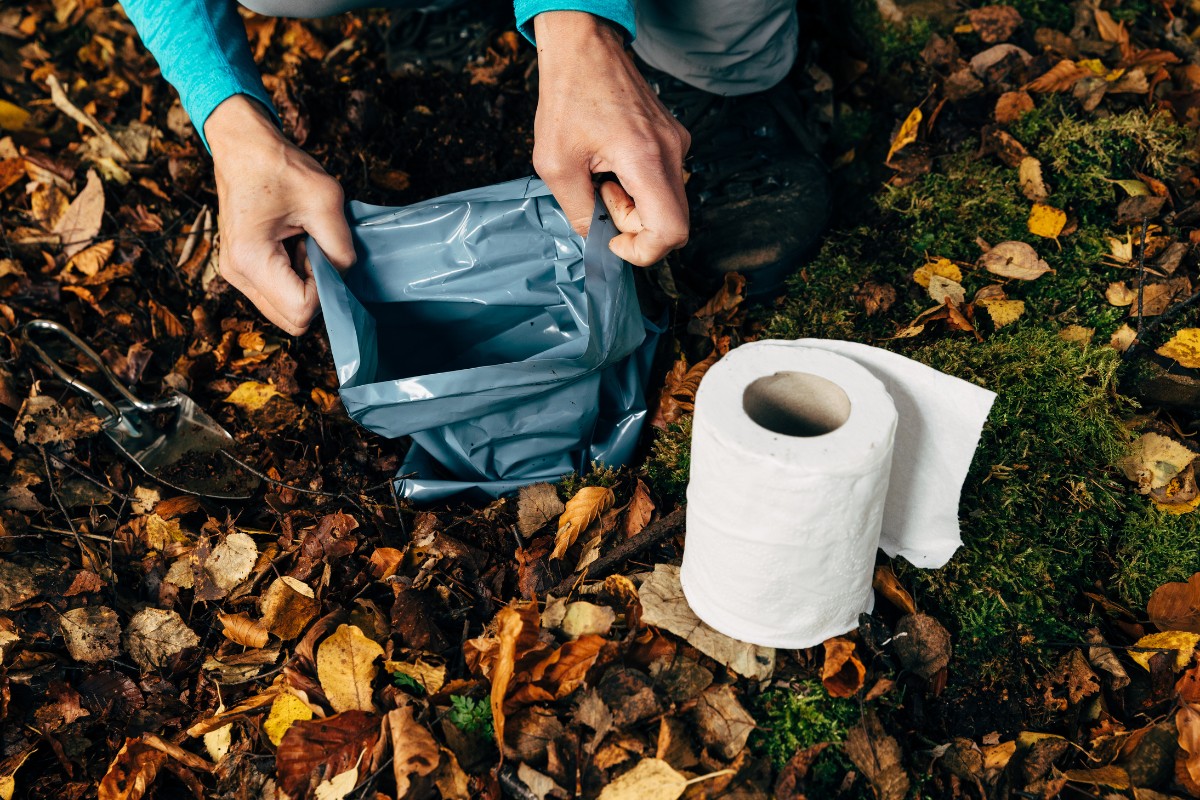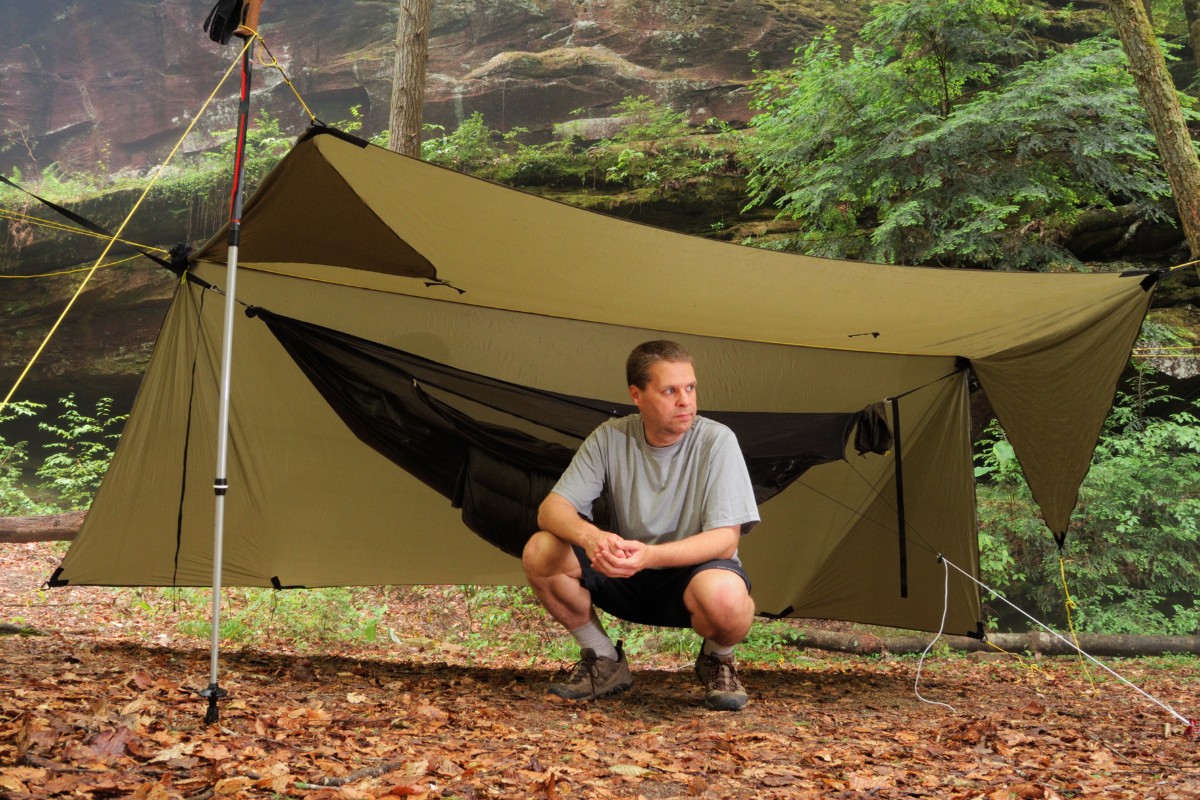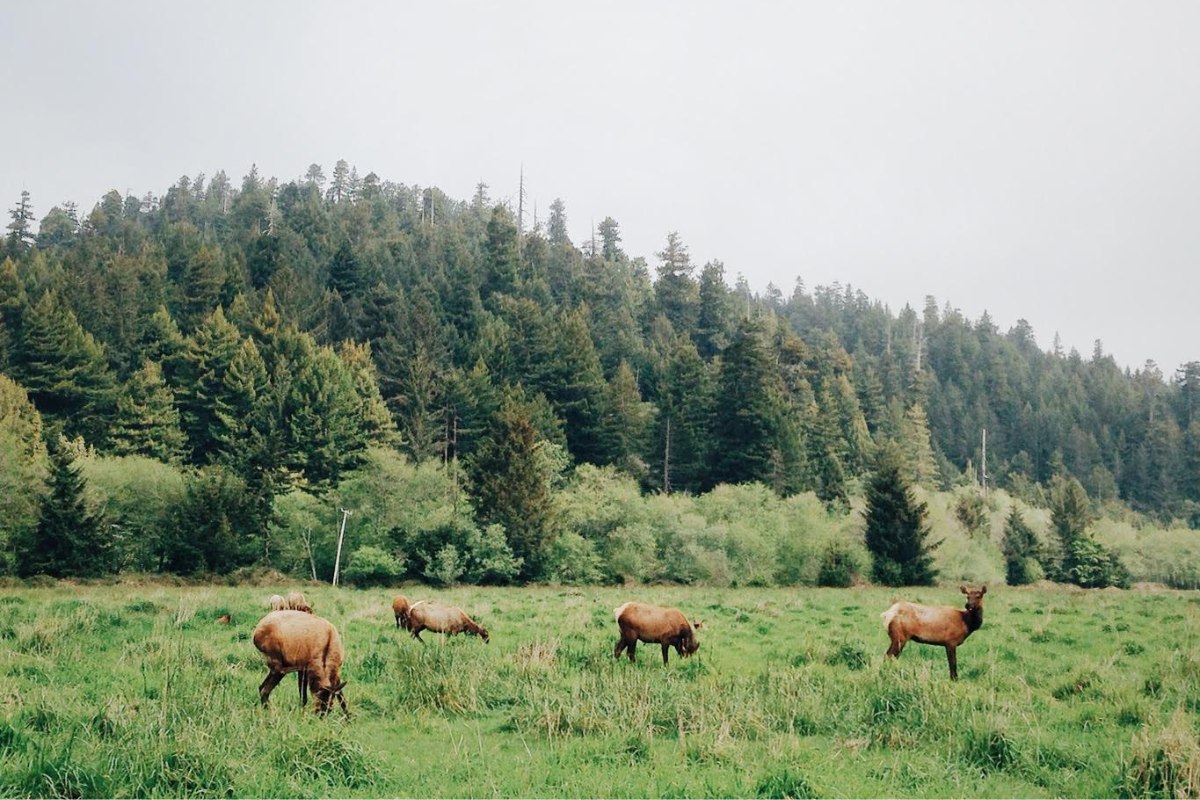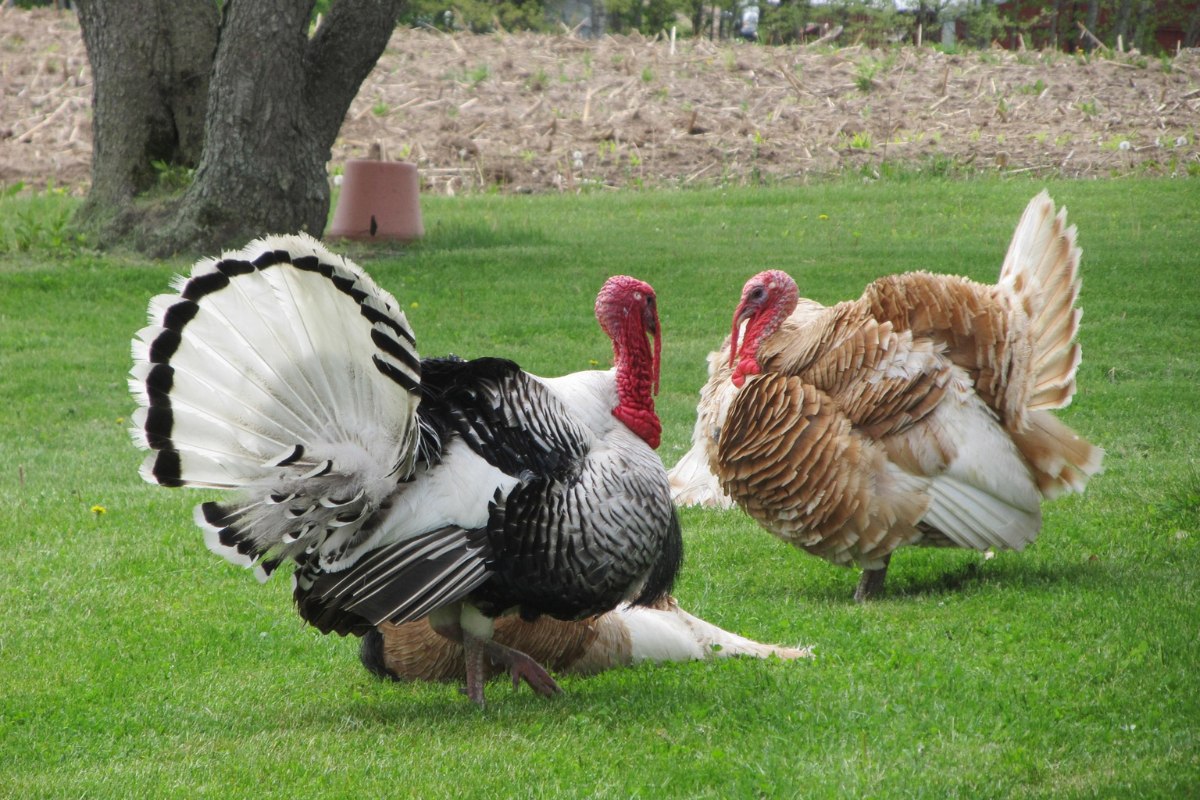Every year, over 75 million people hit the great outdoors in the United States to go camping and hiking. Among sleeping and eating activities, everyone must also use the restroom. Just as you keep yourself clean while camping or hiking, you must also keep the environment clean.
In this article, we will discuss some of the best ways to use the restroom in the outdoors without harming the environment and keeping the rest of your body clean while camping and hiking.
Leave No Trace Ethics
The first thing we will discuss is the Leave No Trace ethics, according to the Leave No Trace Center for Outdoor Ethics. Different national forests around the country provide posters and other teaching materials to the public on how to behave while camping or hiking in that particular park.
The USDA Forest Service’s Leave No Trace rules for getting rid of human waste while camping and hiking show the way in which you should bury your feces while camping or hiking at the Ashley National Forest and the Wasatch-Cache National Forest. When you are camping or hiking, you want to leave the ground as clean as or cleaner than you found it. Some parks may require you to pack your waste out and take it with you. It is recommended that you bring a waste bag for this purpose.
According to the Leave No Trace Center for Outdoor Ethics, there are seven principles that you should abide by while camping and hiking in the National forests and parks. They are as follows:
- Plan Ahead and Prepare
- Travel and Camp on Durable Surfaces
- Dispose of Waste Properly
- Leave What You Find
- Minimize Campfire Impacts
- Respect Wildlife
- Be Considerate of Other Visitors
By following the previous principles, you can rest assured you leave the ground as clean as or cleaner than you found it in the first place.
Urinating in the Woods
According to REI Coop, when urinating in the woods, you will need to find a spot that is far from your campsite or trail. You should urinate at least 200 feet or about 70 steps away from any kind of small water source, including a small pond, stream or lake. If you are female, consider using a pee funnel.
If you are in a larger body of water, you will want to urinate directly into the water. The volume of water will dilute the urine, keeping it away from camping areas.
If you are in an alpine area, urinating on a rock surface is recommended. This will keep animals such as mountain goats from digging up vegetation to get to the salts human urine produces.
Stand on even ground while urinating, especially if you are female and will need to squat. If there is not a flat space available, face the downward slope to prevent the urine from ruining your shoes.
Defecating in the Woods
When going camping or hiking in the great outdoors, be sure you are prepared to take care of any toiletry activities, including defecating. There is nothing worse than getting out in the woods and not having any toilet paper. The following are some general tips for defecating in the woods.
- In order to find a suitable spot to defecate, you will need to take your toiletry items at least 200 feet away from your campsite or trail. This includes baby wipes, hand sanitizer, toilet paper, feminine products, and sealable plastic bags. This is one way to prevent the spread of disease and water contamination.
- In order to find a suitable spot for privacy, you will want to check bushes, trees, and rocks. Watch out for anthills, bee nests, poison ivy, poison oak, and poison sumac. The last thing you want is to wipe your bottom with poison ivy. This would be a very uncomfortable situation to be in while camping or hiking.
- To defecate in the woods, you will need to dig a cathole of at least 6 inches deep and 6 inches across. If you do not have a trowel, try using a rock to dig the needed hole. If you are in a snow environment, you will need to dig your hole 6 inches below the dirt.
- Squat low and make sure your clothing is not in jeopardy of becoming soiled. The lower you squat, the easier it is to defecate in the outdoors. Use either baby wipes or toilet paper to wipe with and then pack it away into a sealable bag, which you can take out of the woods. You can also use leaves to wipe with as long as you can positively identify the tree in which they came from.
- It is best not to bury toilet paper or baby wipes in your cathole. Animals may sniff it out and dig it up, potentially spreading disease. This is where waste bags are useful. Fill the cathole in with the soil you took out from the cathole. Make sure your cathole is as clean as or cleaner than you found it. If you are near other campsites, be sure to mark your cathole with an upright stick so other campers will know to avoid that area. Be sure to use hand sanitizer after defecating in the woods to make sure your hands are clean and to prevent disease.
Carrying and Storing Your Feminine Hygiene Products
Carrying and storing your feminine products while camping or hiking can be made easier when you plan. For instance, you can plan to bring a feminine kit once you’ve decided what feminine hygiene products to bring with you.
Feminine kits typically contain feminine needs products and a waste bag to carry used items out of the woods. By keeping your feminine products and toiletries together inside a larger bag, you will only need to pull out one bag while using the restroom. Wash your hands with soap and clean water, or use sanitizer when you’re finished.








